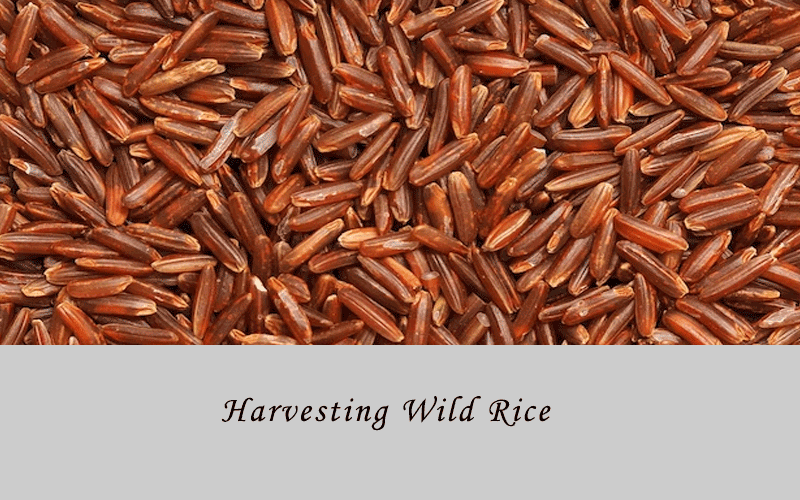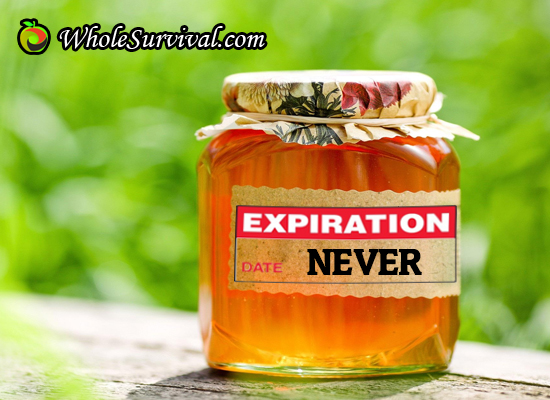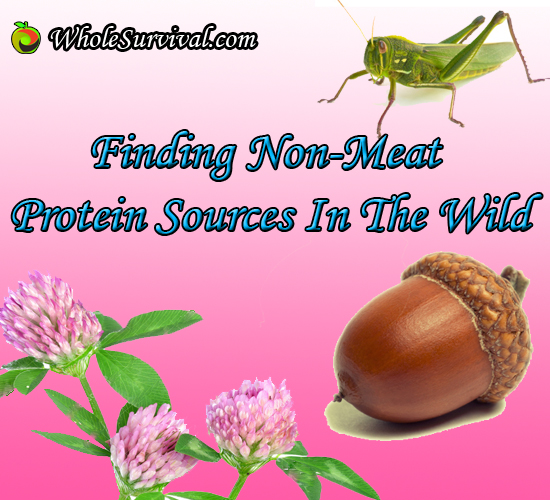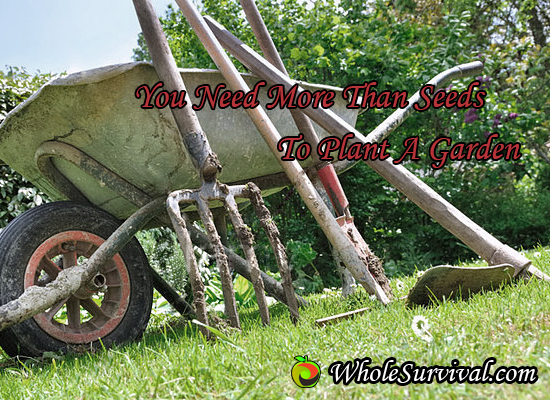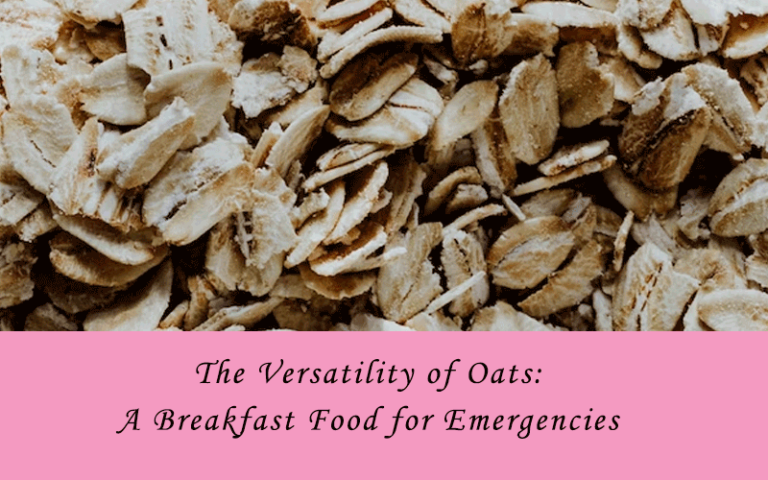Harvesting Wild Rice
Welcome to our article where we explore the fascinating world of wild rice harvesting. In this video transcript, we join Arthur Haynes, an expert in wild rice cultivation, as he takes us through the process of harvesting northern wild rice in Maine. Discover the significance of this grain in Arthur’s diet, learn about the techniques used, and gain insights into the broader perspective on grains and dietary diversity. Join us on this immersive journey into the world of wild rice and its sustainable harvest.
Summary
Arthur Haynes, the speaker in the audio transcript, takes us on a journey through a vast stand of northern wild rice in Maine. He highlights the significance of wild rice in their diet, emphasizing its role as a primary source of calories throughout the year. Arthur expresses gratitude for the opportunity to harvest this wild grain from the local waters in the Kennebec River drainage.
While wild rice is well-known in the Great Lakes region and California, Arthur points out that it has also been grown in Maine for many generations, even during prehistoric times. He mentions the existence of a native word, “melamed,” used by the Kennebec Indians to refer to wild rice, which differs from the term “Mahnomen” used in the Great Lakes region.
Arthur addresses the prevailing negative perception of grains, particularly in the Paleo diet community, where the complete avoidance of all grains is often advocated. However, he argues that this viewpoint oversimplifies the issue, as not all grains have the same impact on health. He highlights the unique qualities of native grains like northern wild rice and annual wild rice, which have been consumed by indigenous communities for generations without the gastrointestinal, autoimmune, and inflammatory issues associated with modern grains.
Drawing attention to a disparity in the treatment of grains versus other foods, Arthur discusses the presence of anti-nutrients like lectins, phytic acid, and tannins. He points out that these substances are also found in tree nuts, sometimes in higher quantities than in grains, yet tree nuts are considered acceptable in the Paleo diet. Arthur advocates for embracing a wider range of foods, including wild and organically raised heirloom grains, to promote dietary diversity and overall health.
Moving on to the practical aspect of wild rice harvesting, Arthur explains the technique called “whip knocking.” Using a pair of rice knockers, he and his partner dislodge ripe grains into a canoe. During this process, they inadvertently scatter the grains beyond the canoe, aiding in their dispersal. Arthur describes the rhythmic motion involved in whip knocking and the connection they feel with the surrounding ecosystem as they leave their tracks, mirroring the behavior of wild animals.
Arthur shares the excitement of the harvest, acknowledging that their yield for the day is relatively modest but sufficient to sustain someone for several months. He mentions that, on average, they obtain approximately 45% of the green weight in finished processed rice. He showcases the drying process, which involves laying the wild rice in the sun for about three days to ensure shelf stability and prevent mildewing or rotting. In anticipation of an approaching rainstorm, Arthur reveals their practice of covering the rice with a tarp at night to protect it from dew.
Closing the narrative, Arthur expresses his intention to keep the rice weatherproof until the sun reappears, enabling them to complete the drying process. Once dried, the rice is bagged up and stored until it undergoes further processing. Throughout the transcript, Arthur Haynes’ passion for wild rice, respect for its heritage, and dedication to a diverse and healthy diet are evident.
Summary Points:
- Location: Stand of northern wild rice in Maine.
- Harvest wild rice from the waters in the Kennebec River.
- Use whip knocking technique to dislodge ripe grains into a canoe.
- Spread the grains beyond the canoe to aid in dispersal.
- Leave tracks in the rice fields, becoming part of the ecology.
- Bag up the harvested wild rice.
- Dry the rice in the sun for approximately three days.
- Cover the rice with a tarp at night to protect it from rain and dew.
- Weather the rice until the sun returns.
- Bag up the dried rice and store it until further processing.
The wild rice harvesting experience shared by Arthur Haynes offers a glimpse into the rich cultural heritage and ecological interconnectedness of this ancient practice. Through their knowledge and techniques, Arthur highlights the importance of embracing dietary diversity and reevaluating prevailing misconceptions about grains. As we conclude this article, we hope that it has deepened your appreciation for the intricate relationship between humans and the natural world, and inspired you to explore the rich flavors and nutritional benefits of wild and heirloom grains. Let us continue to celebrate and preserve these traditions for the sake of our health, culture, and planet.

